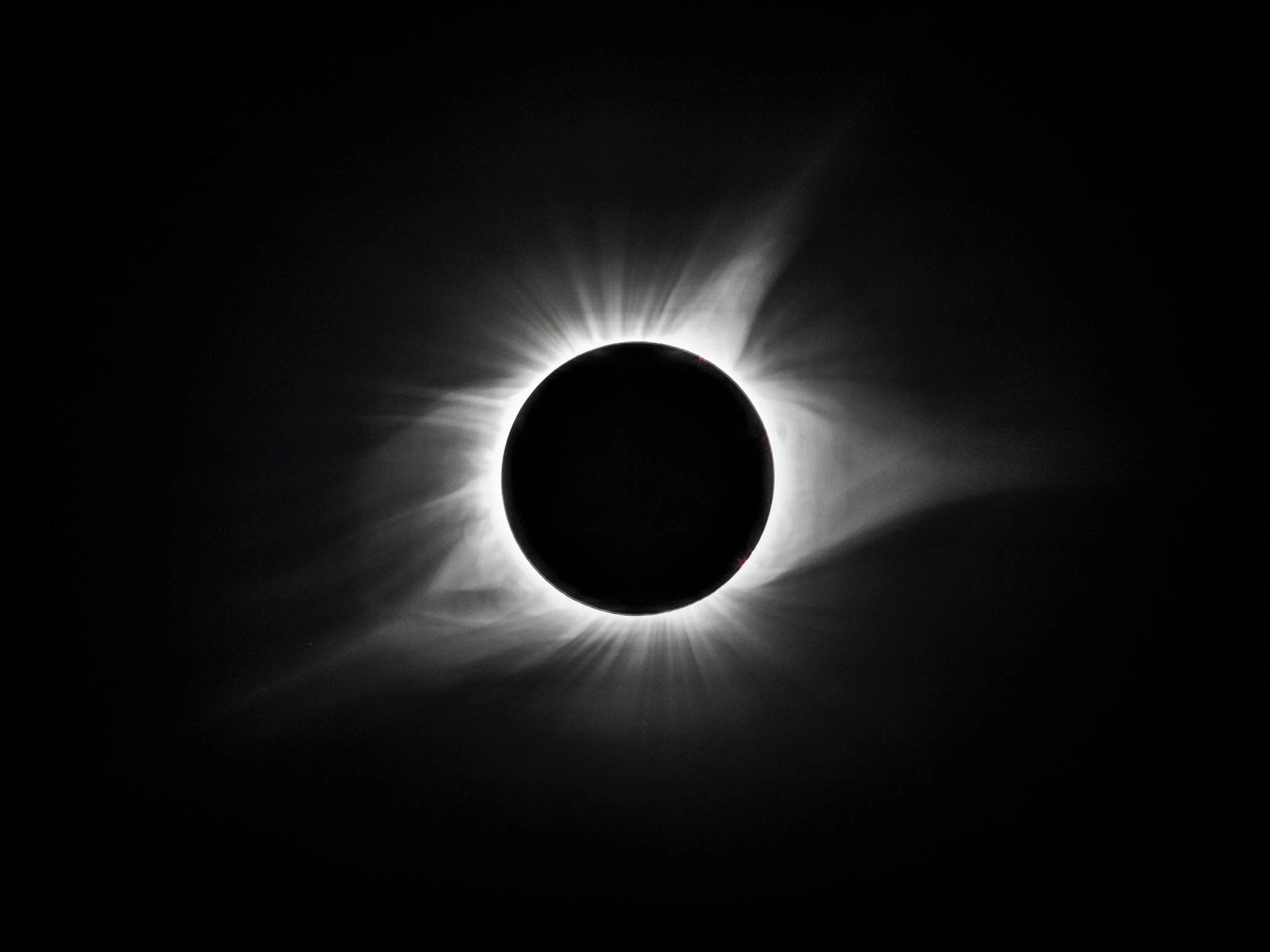The universe is a theater of extraordinary events, and few are as captivating as a total solar eclipse. This celestial phenomenon occurs when the Moon passes between the Earth and the Sun, casting a shadow that temporarily shrouds regions in darkness. But what exactly causes this awe-inspiring spectacle?
At its core, a total eclipse is the result of a remarkable cosmic alignment. The Moon's orbit around the Earth is not perfectly circular but slightly elliptical. When the Moon reaches its closest point to our planet (perigee) and aligns perfectly with the Sun and Earth (syzygy), the stage is set for a total eclipse.
The Moon's diameter is about 400 times smaller than the Sun's, yet its distance from Earth is about 400 times smaller as well. This incredible coincidence leads to the Moon appearing almost the same size as the Sun in the sky. When the Moon passes directly in front of the Sun during an eclipse, it fully blocks its dazzling light, casting a shadow on the Earth's surface and plunging areas into a momentary twilight. During totality, a viewer can safely view the eclipse. But in the minutes prior to and following totality, a viewer must wear eclipse glasses to safely view the phenomenon.
As our planet rotates and orbits the Sun, these total eclipses are rare and highly localized events, offering a breathtaking glimpse of the dance between celestial bodies. So, the next time you find yourself gazing at the sky during a total solar eclipse, remember that this captivating display is the outcome of the intricate choreography of our cosmic companions.
A total eclipse will grace the east coast of the United States on April 8th, 2024. It will be last eclipse to impact the east coast for 99 years. Those living along the east coast should order their eclipse glasses as soon as possible so they do not miss this literal once-in-a-lifetime event.



Share:
What Causes Annular Eclipses?
Eye Damage and Eclipse Glasses Google Searches Surged Following August 2017 Eclipse